When studying the behavior of gases in physics, much attention is paid to isoprocesses, that is, such transitions between the states of the system, during which one thermodynamic parameter is preserved. However, there is a gas transition between states, which is not an isoprocess, but which plays an important role in nature and technology. This is an adiabatic process. In this article, we will consider it in more detail, focusing on what the gas adiabatic exponent is.
Adiabatic process
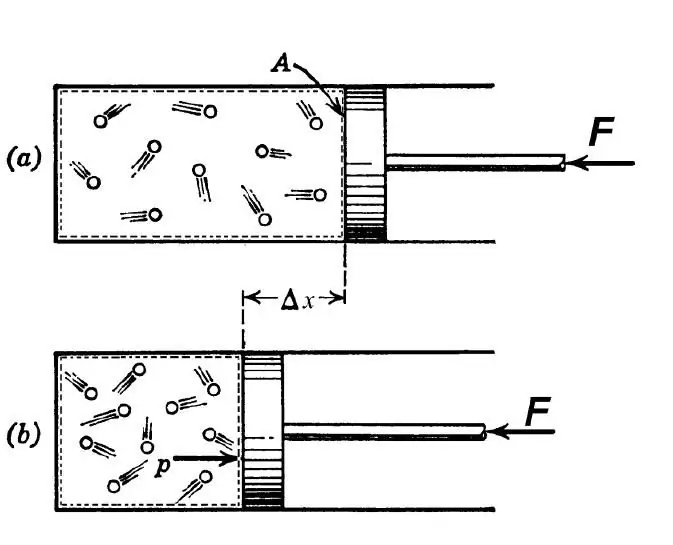
According to the thermodynamic definition, an adiabatic process is understood as such a transition between the initial and final states of the system, as a result of which there is no heat exchange between the external environment and the system under study. Such a process is possible under the following two conditions:
- thermal conductivity between the external environment andsystem is low for one reason or another;
- the speed of the process is high, so the heat exchange does not have time to occur.
In engineering, the adiabatic transition is used both to heat up the gas during its sharp compression, and to cool it during rapid expansion. In nature, the thermodynamic transition in question manifests itself when an air mass rises or falls down a hillside. Such ups and downs lead to a change in the dew point in the air and to precipitation.
Poisson's equation for the adiabatic ideal gas
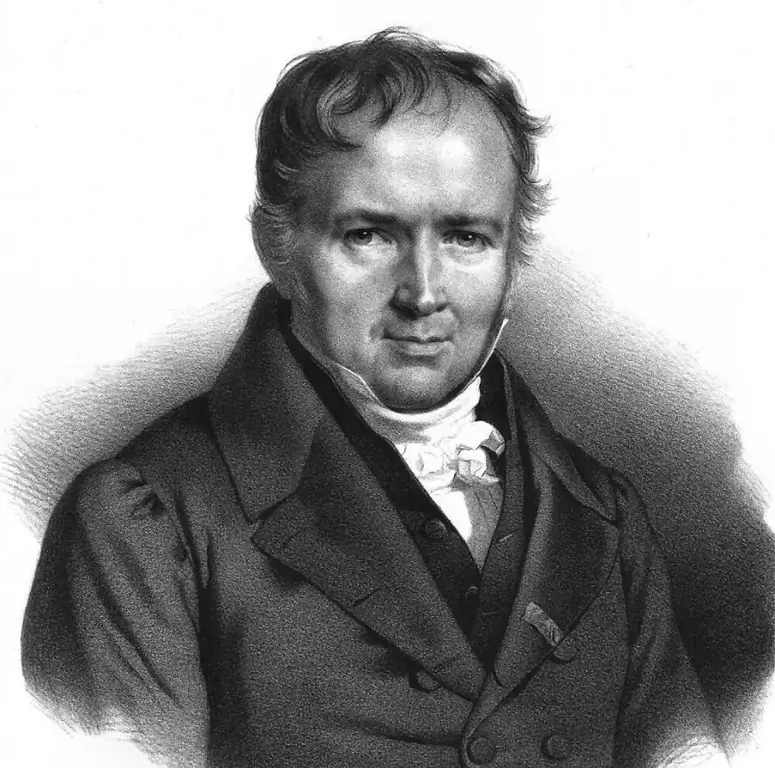
An ideal gas is a system in which particles move randomly at high speeds, do not interact with each other and are dimensionless. Such a model is very simple in terms of its mathematical description.
According to the definition of an adiabatic process, the following expression can be written in accordance with the first law of thermodynamics:
dU=-PdV.
In other words, a gas, expanding or contracting, does work PdV due to a corresponding change in its internal energy dU.
In the case of an ideal gas, if we use the equation of state (Clapeyron-Mendeleev law), we can get the following expression:
PVγ=const.
This equality is called the Poisson equation. People who are familiar with gas physics will notice that if the value of γ is equal to 1, then the Poisson equation will go into the Boyle-Mariotte law (isothermalprocess). However, such a transformation of the equations is impossible, since γ for any type of ideal gas is greater than one. The quantity γ (gamma) is called the adiabatic index of an ideal gas. Let's take a closer look at its physical meaning.

What is the adiabatic exponent?
The exponent γ, which appears in the Poisson equation for an ideal gas, is the ratio of heat capacity at constant pressure to the same value, but already at constant volume. In physics, heat capacity is the amount of heat that must be transferred to or taken from a given system in order for it to change its temperature by 1 Kelvin. We will denote the isobaric heat capacity by the symbol CP, and the isochoric heat capacity by the symbol CV. Then the equality holds for γ:
γ=CP/CV.
Since γ is always greater than one, it shows how many times the isobaric heat capacity of the studied gas system exceeds the similar isochoric characteristic.
Heat capacities of CP and CV
To determine the adiabatic exponent, one should have a good understanding of the meaning of the quantities CP and CV. To do this, we will conduct the following thought experiment: imagine that the gas is in a closed system in a vessel with solid walls. If the vessel is heated, then all the communicated heat will ideally be converted into the internal energy of the gas. In such a situation, equality will be valid:
dU=CVdT.
ValueCVdefines the amount of heat that must be transferred to the system in order to isochorically heat it by 1 K.
Now suppose the gas is in a vessel with a moving piston. In the process of heating such a system, the piston will move, ensuring that a constant pressure is maintained. Since the enthalpy of the system in this case will be equal to the product of the isobaric heat capacity and the change in temperature, the first law of thermodynamics will take the form:
CPdT=CVdT + PdV.
From here it can be seen that CP>CV, since in the case of an isobaric change of states it is necessary to spend heat not only to increase the temperature of the system, and hence its internal energy, but also the work done by the gas during its expansion.
The value of γ for an ideal monatomic gas
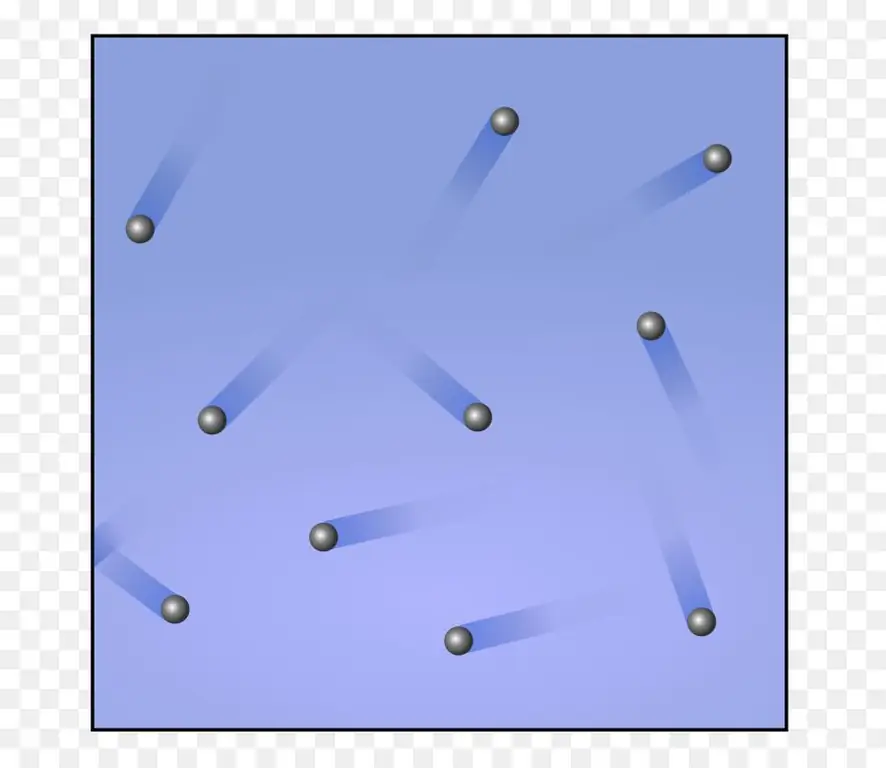
The simplest gas system is a monatomic ideal gas. Suppose we have 1 mole of such a gas. Recall that in the process of isobaric heating of 1 mol of gas by only 1 Kelvin, it does work equal to R. This symbol is commonly used to denote the universal gas constant. It is equal to 8, 314 J / (molK). Applying the last expression in the previous paragraph for this case, we get the following equality:
CP=CV+ R.
From where you can determine the value of isochoric heat capacity CV:
γ=CP/CV;
CV=R/(γ-1).
It is known that for one molemonatomic gas, the value of isochoric heat capacity is:
CV=3/2R.
From the last two equalities follows the value of the adiabatic exponent:
3/2R=R/(γ-1)=>
γ=5/3 ≈ 1, 67.
Note that the value of γ depends solely on the internal properties of the gas itself (on the polyatomic nature of its molecules) and does not depend on the amount of matter in the system.
Dependence of γ on the number of degrees of freedom
The equation for the isochoric heat capacity of a monatomic gas was written above. The coefficient 3/2 that appeared in it is related to the number of degrees of freedom in one atom. It has the ability to move only in one of the three directions of space, that is, there are only translational degrees of freedom.
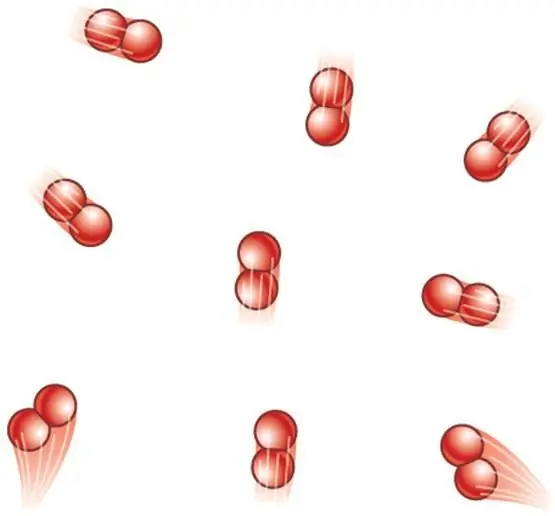
If the system is formed by diatomic molecules, then two more rotational degrees are added to the three translational ones. Therefore, the expression for CV becomes:
CV=5/2R.
Then the value of γ will be:
γ=7/5=1, 4.
Note that the diatomic molecule actually has one more vibrational degree of freedom, but at temperatures of several hundred Kelvin it is not activated and does not contribute to the heat capacity.
If gas molecules consist of more than two atoms, then they will have 6 degrees of freedom. The adiabatic exponent in this case will be equal to:
γ=4/3 ≈ 1, 33.
SoThus, with an increase in the number of atoms in a gas molecule, the value of γ decreases. If you build an adiabatic graph in the P-V axes, you will notice that the curve for a monatomic gas will behave more sharply than for a polyatomic one.
Adiabatic exponent for a mixture of gases
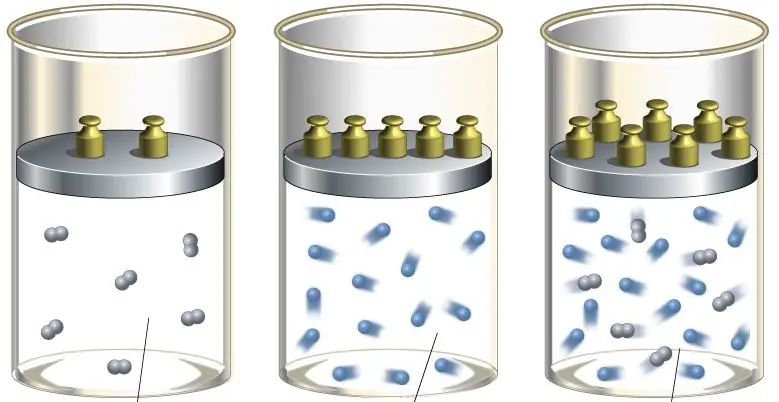
We showed above that the value of γ does not depend on the chemical composition of the gas system. However, it depends on the number of atoms that make up its molecules. Let's assume that the system consists of N components. The atomic fraction of component i in the mixture is ai. Then, to determine the adiabatic exponent of the mixture, you can use the following expression:
γ=∑i=1N(aiγ i).
Where γi is the γ value for the i-th component.
For example, this expression can be used to determine the γ of air. Since it consists of 99% diatomic molecules of oxygen and nitrogen, its adiabatic index should be very close to the value of 1.4, which is confirmed by the experimental determination of this value.






